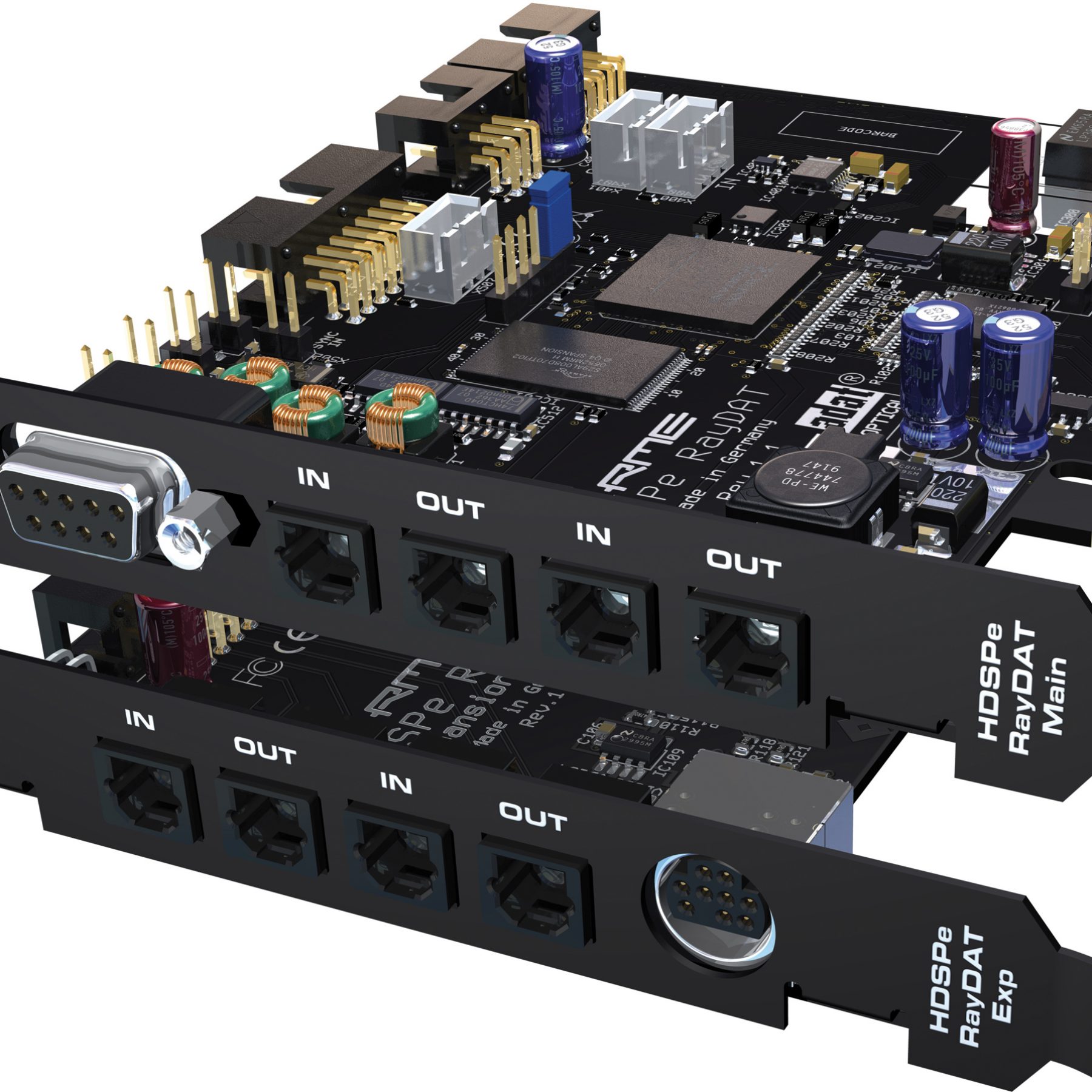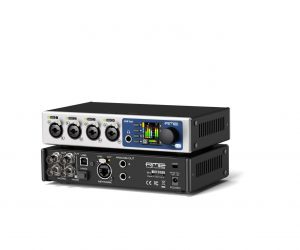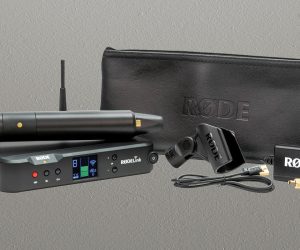
RME HDSPe RayDAT
RME has blessed the faithful with a new ray of light-pipe driven audio interface. But in these times of conflict and change are they preaching to the converted?
Text: Andrew Bencina
For over 12 months now the task of upgrading a stable yet lagging digital audio system has felt like a game of Obsolescence Roulette. The establishment of PCIe (in its many speeds) and the pending release of USB 3.0 has meant that forward-thinking users and motherboard manufacturers have been forced to either tread muddy water or adopt piecemeal solutions incorporating support for both the legacy and a currently unsettled range of interface formats. So can the latest in RME’s respected Hammerfall series lift us from the mire and put us in the express lane towards a single bus solution?
RME’s HDSPe RayDAT is one of four new interface cards for Windows and Mac OS (10.4.8 and up) that comprise RME’s PCI Express series. The RayDAT advances support for the ADAT optical standard while other cards dedicate themselves to MADI and AES-EBU.
The RayDAT is unquestionably the direct descendent of the HDSP 9652, and it seems only a flash of creativity from RME’s German engineers saved it from the far less snappy name of ‘HDSPe 19272’ (192k resolution and 72-channels). In many ways the two cards seem almost physically identical and users are spared even the minimal inconvenience of installing a new driver bundle in the upgrade. The RayDAT is not so much a different make and model but rather the ‘V8 Sports’ with options.
TELL IT LIKE IT IS
Providing 68 channels of audio I/O at 24-bit/48k (36 channels at 96k and 20 at 192k), the RayDAT is without question a multitrack powerhouse. With 64 of these channels handled via ADAT it can perhaps claim the undisputed title as the Lord of the Light-pipe. In addition to the eight Toslink optical sockets required to accommodate the ADAT I/O, the RayDAT Main and Expansion cards provide single channels of coaxial S/PDIF and AES-EBU I/O via RCA and XLR connectors respectively.
S/PDIF can also be duplicated at ADAT Channel 4, via software switching, should optical connectivity be required. And unlike its predecessor, the RayDAT allows these additional digital formats to be used concurrently, eradicating the unfortunate ‘either/or’ situation that existed previously. If that wasn’t enough, two additional MIDI I/O ports bump up the external I/O count to an impressive total of 72.
The one notable casualty in the upgrade from the 9652 is the onboard wordclock, although this can be restored using any one of three separately available expansion cards. Of these, the Word Clock Module (WCM) adds a galvanically-isolated wordclock input and two individually driven low-jitter outputs ($349). The Time Code Option (TCO) module has been developed to facilitate sample accurate timecode synchronisation of audio and video. It features both WC and LTC I/O and also allows synchronisation directly from a video timecode input ($899). Finally, the T/DIF Expansion Board (TEB) converts an internal ADAT connection, via ADAT inputs 1 or 2, into a TDIF interface (eight channels at 44.1 and 48k; four channels at 88.2 and 96k) while also providing a single wordclock output ($449).
THE GOOD NEWS
The RayDAT performed flawlessly with all of the ADAT and S/PDIF converters I could throw at it: RME ADI8 DS, RME ADI8 QS, M-Audio ProFire2626 and a Universal Audio 2192. From 44.1 up to 192k (using SMUX4) it lived up to all of my expectations, raised through years of working full time with RME products. Personally, the addition of extra channels and higher sample rates, which exceed my everyday needs, simply failed to excite. I did, however, find it very easy to get revved up by the increased performance. Not surprisingly, the move to a genuine PCI Express (x1) core has resulted in a significant increase in tracking stability and track count at low latency. With two and a half times the bandwidth to exploit, the RayDAT brightened my day considerably. Multichannel overdub sessions in projects already exceeding 60 channels (and nudging 200 unedited track layers) became manageable again; even at latency settings of 3ms and under. I was basically able to keep on tracking until my speed-optimised Raid array reached its limits and file access issues started to cause dropouts.
While general performance increases were a welcome blessing, it was perhaps surprisingly the addition of a new tab to the driver control panel that received the most attention during sessions. Where most audio interfaces generate their internal clock using a quartz crystal, the RME SteadyClock is based on a Direct Digital Synthesizer (DDS). This allows the card to clock to almost any frequency with great precision. Even better, it does so while essentially fooling the recording software that they are still operating at their usual sample rate. The DDS tab of the HDSP control panel thus allows you to vary the sample rate and, in turn, the speed and pitch of tracks without any affect on the project or existing tracking. With ±4% of coarse tuning and ±0.4% of fine tuning available, the overall results aren’t exactly extreme. But when a song is just out of a singer’s reach or that old keyboard is gratingly off pitch, the ability to tune the track to the instrument becomes a godsend.
AMEN
I’m not quite sure whether I’ve seen the light but the RayDAT’s performance has certainly opened my eyes. As always, RME has left no stone unturned when it comes to quality control and the availability of expansion options to suit even the most specific of needs. Unfortunately, if you desperately require some of these ‘add-on’ features you may find the extra slots in your computer as hard to come by as affordable rental property. One wonders whether an upgrade of the external HDSP Digiface to an expanded HDSPe Rayface may not be in the offing as PCIe slots become choked by a new wave of DSP options. As PCI rapidly fades away the RayDAT provides a clear and safe upgrade path for users with a significant financial investment in ADAT converters. If you’re not already committed you may not be rushing to get on board, but those who do will rejoice in their salvation. PCIe be with you.

















RESPONSES